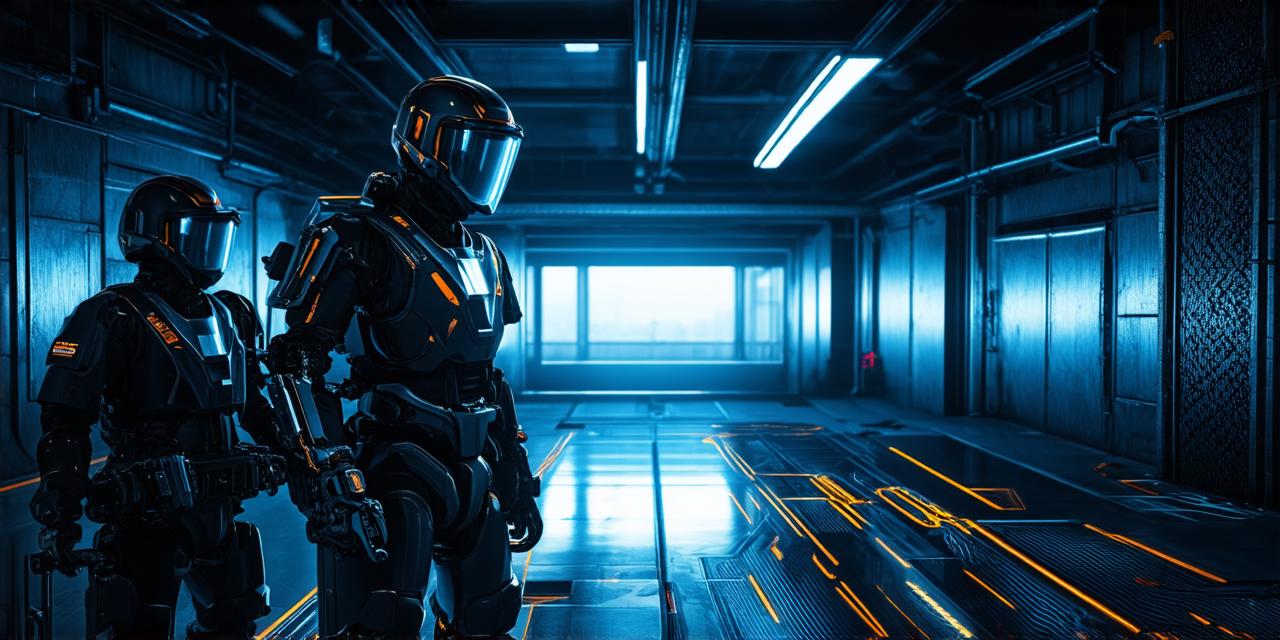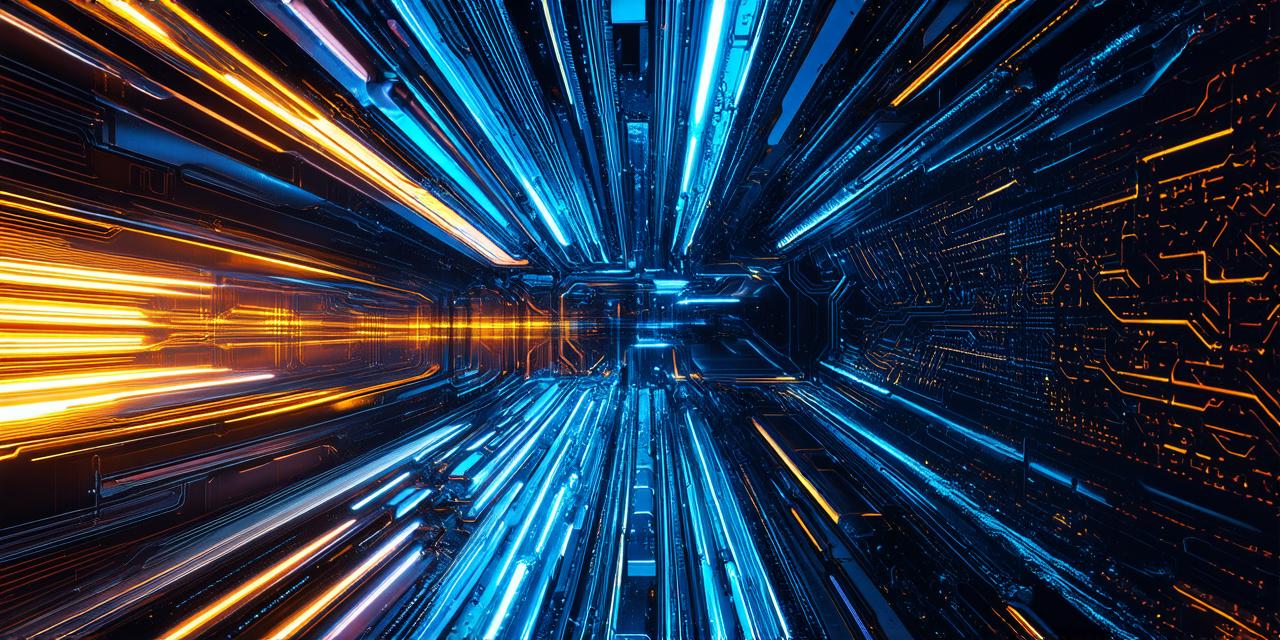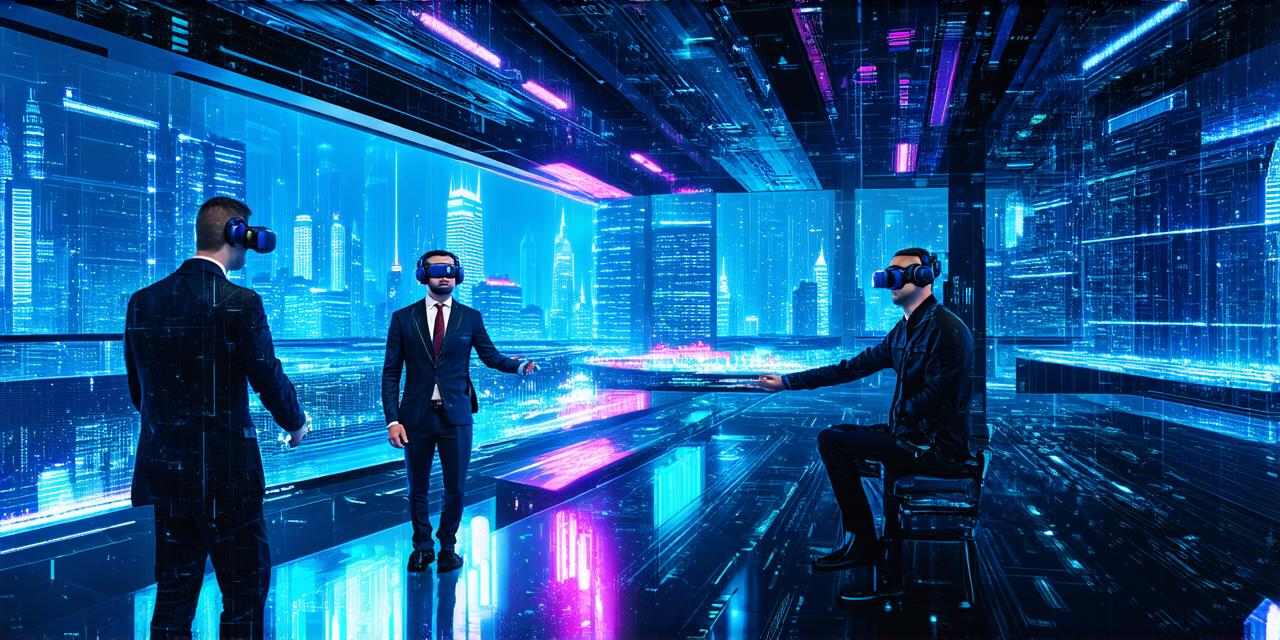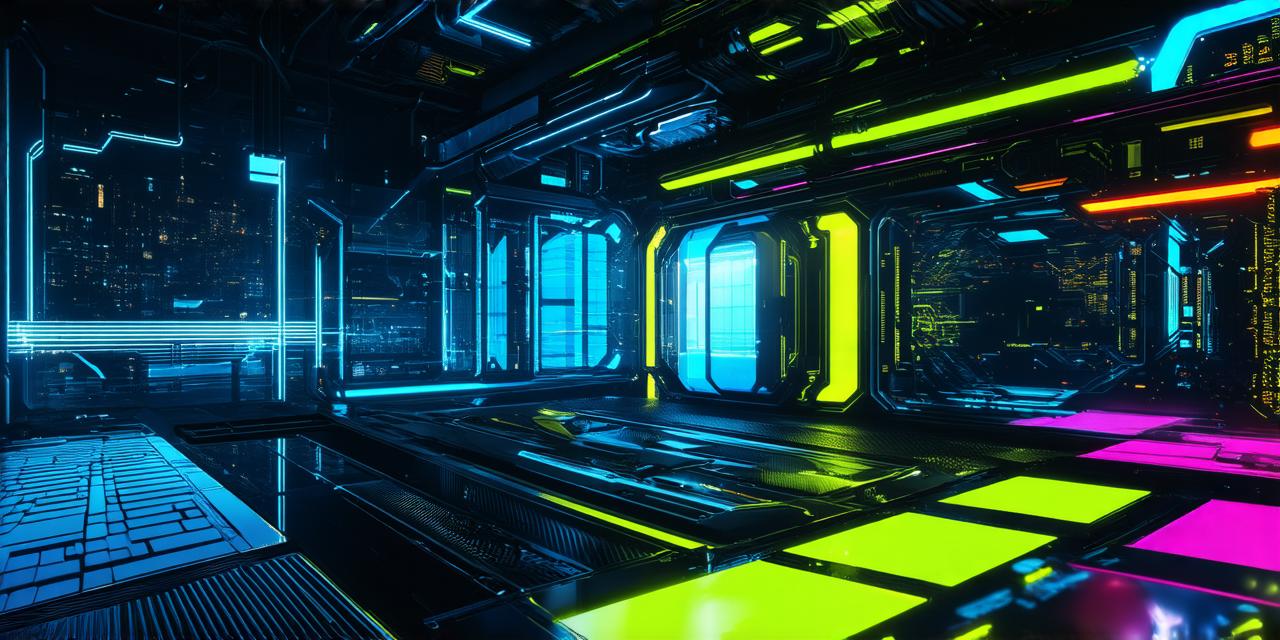XR technology, also known as immersive reality or mixed reality, has been making significant advancements in recent years. This technology allows users to interact with virtual environments and objects in a way that feels realistic and immersive.
Healthcare
XR technology is being used to revolutionize the field of healthcare by improving patient outcomes and enhancing the overall experience for both patients and medical professionals. Here are a few examples:
- Virtual Reality Therapy: VR therapy is used to treat a variety of conditions, including anxiety, PTSD, and chronic pain. This type of therapy involves placing patients in virtual environments that simulate real-life situations or triggering experiences that may have caused their condition. By experiencing these scenarios in a controlled environment, patients can learn coping mechanisms and better manage their symptoms.
- Surgical Training: Surgeons are using VR technology to practice complex procedures and gain experience before performing them on actual patients. This not only reduces the risk of errors during surgery but also allows for more efficient and effective procedures.
- Telemedicine: XR technology is being used in telemedicine to enable remote consultations, diagnoses, and even surgeries. By using VR headsets, doctors can interact with patients as if they were in the same room, providing a more personalized and effective experience.
Education
XR technology is transforming the way we learn by creating immersive and interactive educational experiences. Here are some examples:
- Virtual Field Trips: XR technology allows students to take virtual field trips to locations all over the world, from museums and historical sites to natural wonders and cultural landmarks. This provides an opportunity for students to explore new environments and learn about different cultures in a way that is both fun and educational.
- Language Learning: VR language learning apps allow students to practice speaking and listening skills in virtual scenarios that simulate real-life situations. By interacting with native speakers and experiencing different accents and dialects, students can improve their language abilities more effectively.
- Science and Engineering: XR technology is being used in science and engineering to create interactive simulations of complex concepts and experiments. This allows students to better understand abstract concepts and gain hands-on experience without the need for expensive equipment or lab space.
Gaming and Entertainment
XR technology is also being used in the gaming and entertainment industries to create more immersive and engaging experiences for players. Here are some examples:
- Virtual Reality Games: VR games allow players to fully immerse themselves in a virtual world, where they can interact with characters and objects as if they were real. This provides a level of engagement that is not possible with traditional gaming platforms.
- Augmented Reality Apps: AR apps use XR technology to overlay digital content onto the real world. This allows users to explore their surroundings in new ways and gain additional information about different objects and locations.
- Movie and TV Experiences: XR technology is being used to create immersive movie and TV experiences, where viewers can interact with the storyline and influence the outcome of the story. This provides a level of engagement that is not possible with traditional media formats.
Conclusion
In conclusion, XR technology is being used across a variety of industries to improve patient outcomes, enhance learning experiences, and create more immersive and engaging experiences for users. With continued advancements in this technology, we can expect to see even more innovative applications in the future.



